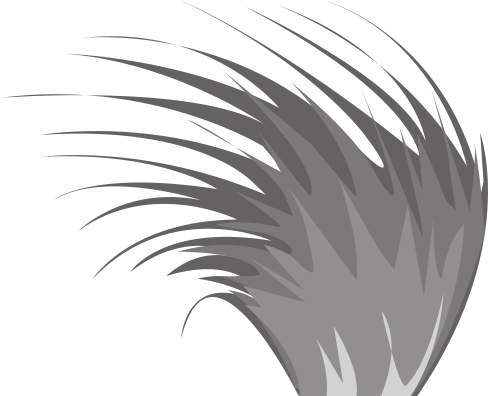Almost an island - the remarkable flora and habitats of Banks Peninsula
Talk / Seminar on Wednesday 14th of July 2021, 05:20 PM (4 years ago)
Contact: Gretchen Brownstein
Speaker: Melissa Hutchison. Banks Peninsula comprises approximately 100,000 hectares of volcanic hill country, rising to a height of 920 metres above sea level at its highest point (Mt Herbert-Te Ahu Pātiki). The vegetation pattern is influenced by varied altitudinal and climatic gradients, which have contributed to a unique and diverse indigenous flora (>550 vascular plant species and >200 lichen species), including a number of endemic species. Prior to human arrival in New Zealand, the Peninsula was largely covered in indigenous forest, but this was rapidly cleared following European colonisation, and by 1920 was reduced to relatively small, isolated fragments, mainly on steep slopes at higher altitudes. Indigenous woody vegetation cover has increased in recent years through natural succession, with primary forest, secondary growth forest and shrubland now covering about 15% of the Peninsula. More than 2200 hectares of land is currently protected in Department of Conservation and Christchurch City Council reserves, with a further 1500 hectares on private land protected through conservation covenants (>120 covenants). The vegetation and flora of the Peninsula has been by well-documented by legendary botanist Hugh Wilson, but recent ecological surveys have shown that there are still exciting botanical (and lichenological) discoveries waiting to be found!
